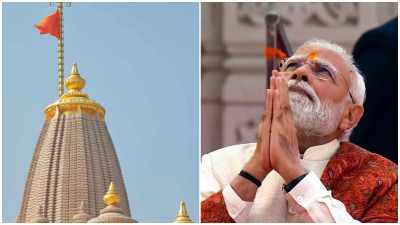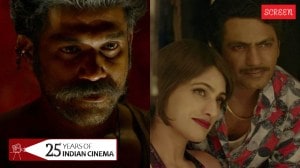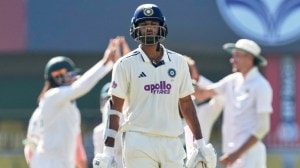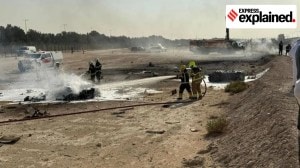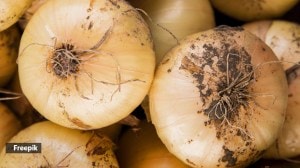Clambering on to the steel frame
Time was when the Indian civil servant was an upper-crust, young gentleman, with a university education in the liberal arts and a family ...

Time was when the Indian civil servant was an upper-crust, young gentleman, with a university education in the liberal arts and a family tradition of civil service, able to dazzle the examiners of the world’s most competitive examination with his erudition and English articulation. Not any more.
Many of the civil servants now making their way to the top of the 300,000-odd pile of competitors for the top government jobs are technical graduates or medicos, older, poorer and more "homespun" than their predecessors a decade or two ago. Studies by the Union Public Service Commission point in no uncertain terms to this transformation in the last 50 years. There is a rising number of successful candidates who have done their entire schooling in a village or small town. In 1995, these village-schooled young men and women bagged a sizeable 28 per cent of the posts in the civil services examination. A year later, their number inched up to 29 per cent and, by 1997, a third of the posts went to them.
What is more,many of these winners in a gruelling three-tier obstacle race, acknowledged as the world’s most competitive screening test, are from the poorest families of India. Of the 621 selected in the 1997 civil services examination, nearly one-third (193) came from families with a monthly income below Rs 2,500. Another 257 were from families with monthly incomes between Rs 2,500 and Rs 5,000, barely eligible to qualify for the lowest rung of the great Indian middle class.
That is not all: nearly a quarter of these newly-recruited civil servants were children of mothers who have never been inside a school and, with 19 of them both parents were illiterate.
Many welcome this rise of the homespun as an indicator of the plurality and egalitarianism of India. J.S. Chattwal, former chairman of UPSC and an IFS officer of the 1955 batch, is among those highly impressed by the new breed of civil servants. "It is a pleasure to interview them," says Chattwal who has sat on the interview board for years, "they have a genuineinterest in and experience of the grassroots." A hawaldar’s son or a chaprassi’s daughter figuring on the services list is no longer unusual, he points out. Among the 621 candidates inducted in 1997, a whopping 253 had fathers in government and semi-government jobs at the lower levels of the bureaucracy. Another 87 were farmers’ children, while 61 came from families in business and industry. Only 43 of them had fathers in the civil service.
But the rising trend of the disadvantaged entering the civil services has less to do with the superiority of rural candidates over their public school-educated counterparts than with globalisation of the job market, luring the best minds away from the civil service into better-paid jobs in banking, finance and industry.
Yet another symptom is the marked lack of enthusiasm for the foreign services. In the old days, at least three of the top 10 candidates preferred the Indian Foreign Service over the administrative services. Now, only a candidate placed in the 60th or70th position on the list of successful candidates opts for the IFS.
Another change unlikely to find approval among retired or senior civil servants is the gradual greying of candidates now entering the services. Most agree that a young graduate of 21 is a better recruit for the services than a candidate of 30 (even 35, in the case of Scheduled Caste candidates) as he is less exposed to the rampant corruption in the bureaucracy.
Most of the successful candidates do not pass the examination at the first attempt, but can now avail of four attempts in a span of nine years. As a result, candidates from technical fields like engineering and medical science are bagging half of the jobs in the services in recent years.
But the most heartening change has been brought about by the rising number of women who pass the examination. Women are not only joining the services in greater numbers, but women candidates do better in the examination. The change has had a "civilising effect" on the services, saysChattwal.
The civil services list is no longer as homogeneous as it used to be. But then, as Chattwal says, why should it? "It reflects the country." In more ways than one, others would say.



- 01
- 02
- 03
- 04
- 05


